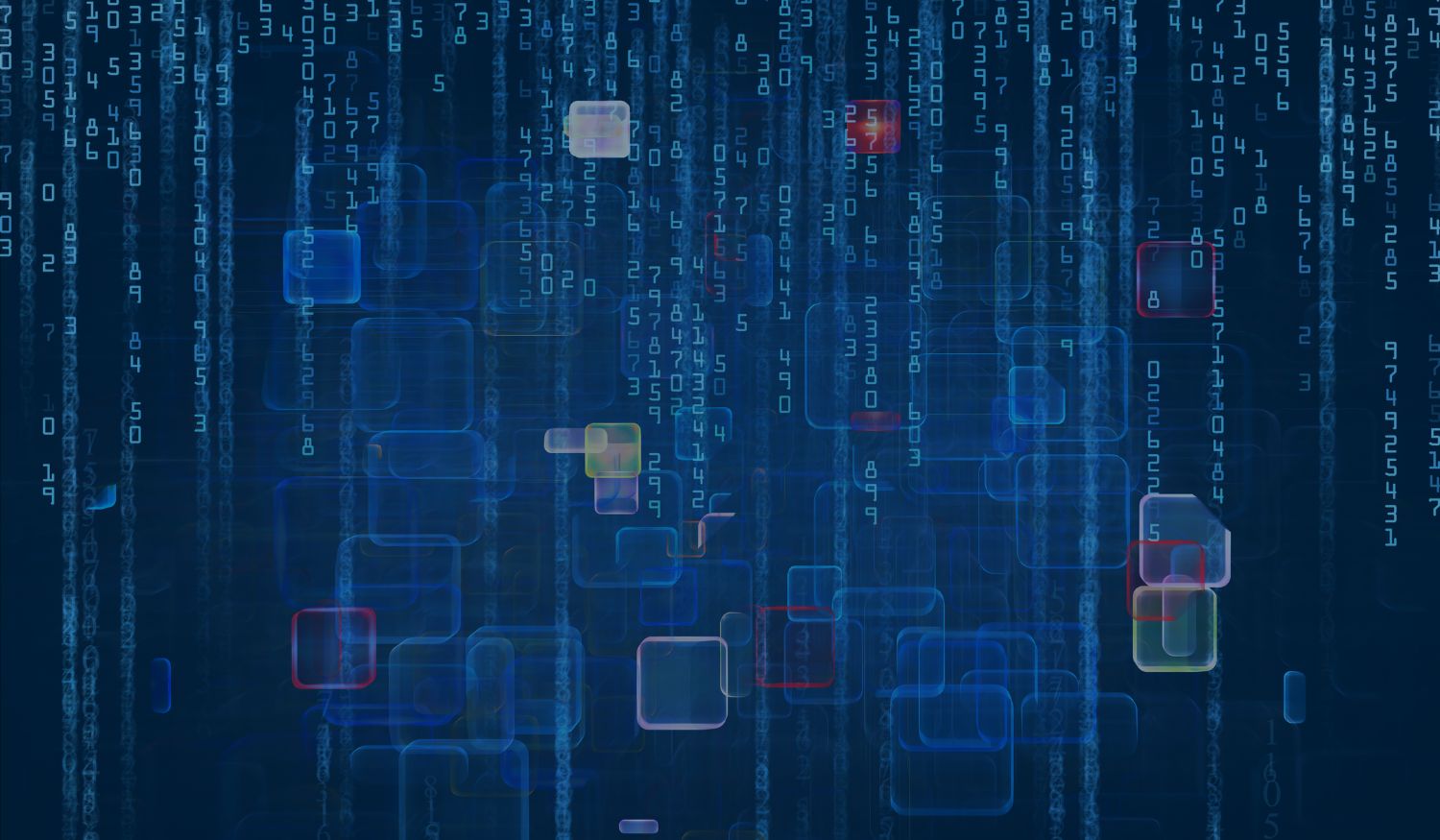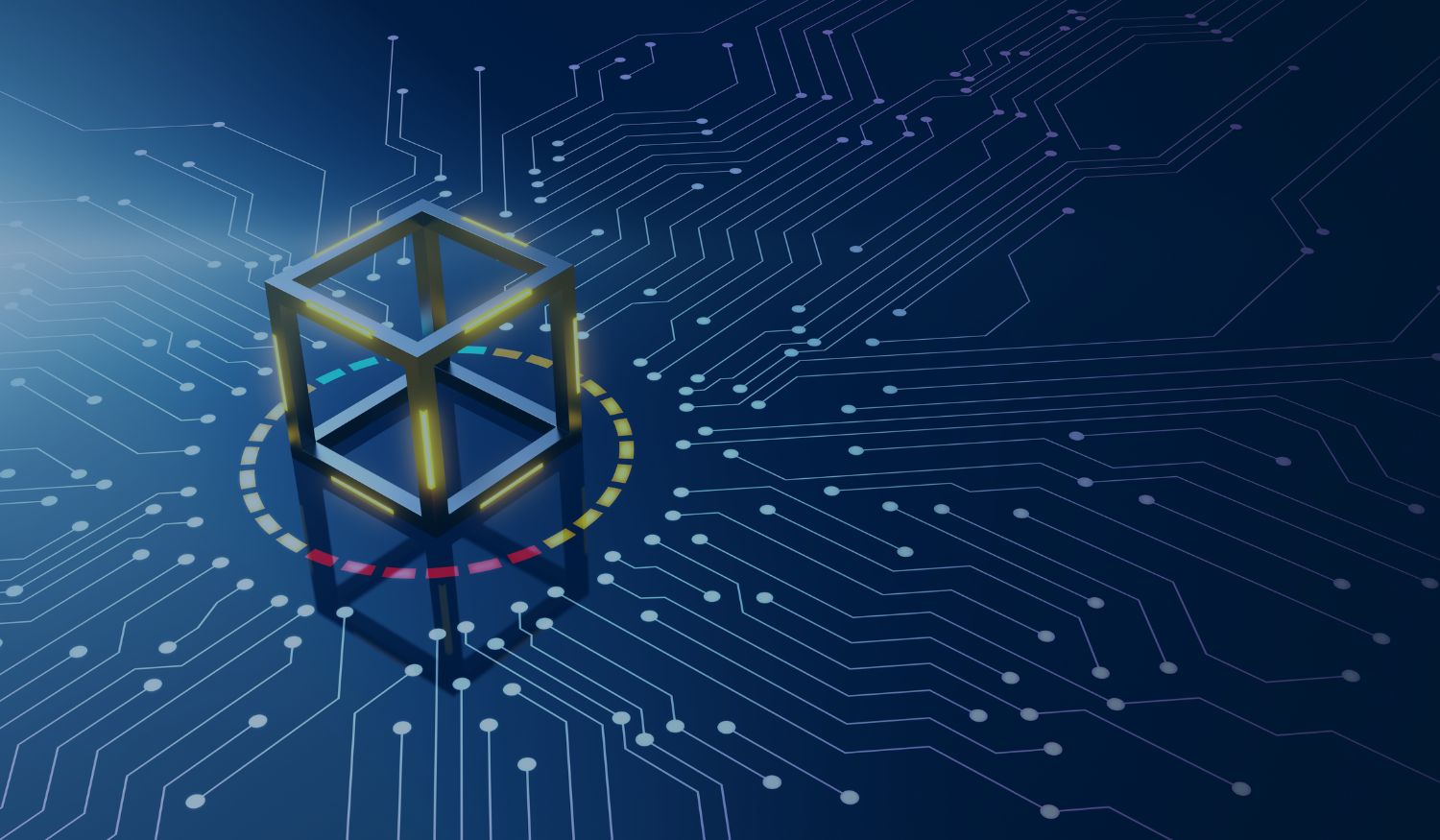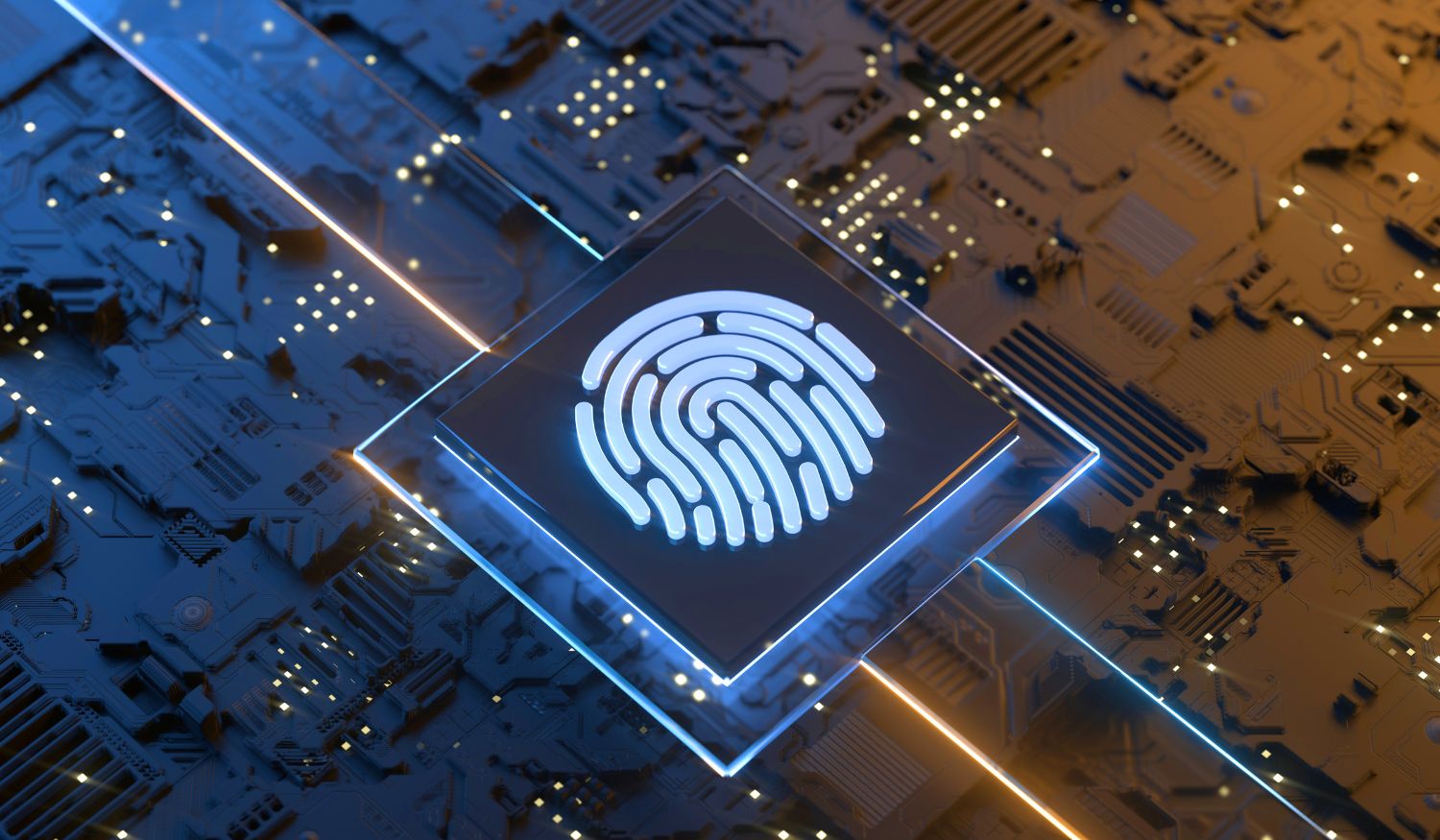An Introduction to Non-Human Identity Management (NHIM)
It can be argued that digital identity management started when Fernando J. Corbató created the first computer password in the early 1960's. Since then the concept of digital identity management has expanded beyond human users to encompass non-human entities such as machines, applications, and services. As organizations increasingly rely on automation and interconnected systems, the need for robust non-human identity management practices has become more pronounced. Kapil Bareja, an Advisory Board member for Cyber Security Tribe, states "The security industry needs to move past the notion that identity is purely human-centric."
In this article, we provide an introduction to non-human identity management, addressing its definition, significance and whether a system that includes both human and non human identification is required.
In addition to this article we have also produced 'The Essential Guide to Non-Human Identity Management' that explains in further detail the fundamental disparities between human and non-human identities, emphasizing the urgency for specialized NHIM solutions in today's dynamic threat landscape, as well as listing the essential components of an effective NHIM system.
What is Non-Human Identity Management (NHIM)?
Non-human identity management refers to the process of managing and securing the digital identities of machines, applications, APIs, virtual machines, IoT devices, bots, and other automated entities within an organizational ecosystem.
Unlike human users, who possess distinct identities typically associated with personal information such as usernames and passwords, non-human identities often lack human-like attributes. Instead, they are characterized by unique identifiers, credentials, and access permissions necessary for interacting with systems and accessing resources.
CyberArk, a solution provider for identity management, lists seven specific non-human identities that cybersecurity and IT practitioners need to be aware of and secure, they include; cloud environments and cloud-native apps, DevOps tools, automation tools and scripts, COTS and ISV applications, RPA workloads, N-Tier/static homegrown applications and mainframe applications.
Why Non-Human Identity Management is Required?
The need for effective non-human identity management arises from several key factors:
- Complexity of IT Infrastructures: Modern IT infrastructures are characterized by their complexity, featuring a myriad of interconnected systems, cloud services, and devices. Managing the identities of non-human entities within such environments is essential for ensuring accountability, traceability, and security.
- Rise of Automation: Organizations are increasingly adopting automation to streamline processes, improve efficiency, and reduce manual intervention. Non-human entities, including bots, scripts, and automated workflows, execute tasks autonomously, necessitating proper identity management to prevent unauthorized access and misuse.
- Cybersecurity Threats: Non-human identities are often targeted by cybercriminals seeking to exploit vulnerabilities for malicious purposes. Weak authentication mechanisms, misconfigured permissions, and inadequate monitoring can leave non-human entities susceptible to attacks, leading to data breaches, system compromises, and service disruptions.
Recent news has reported how threat actors have utilized non-human identities to gain access to organizations' systems, including the Cloudflare breach in November 2023. Astrix Security, a non-human identity solution provider, posted on LinkedIn stating "In this attack, we again see how non-human access is abused by attackers to achieve high privilege access to internal systems which goes unmonitored."
In a recent blog item, "Securing Non-Human Identities: Lessons from the Cloudflare Breach", Oasis Security, a new non-human identity solution provider to the market, shows how their NHIM solution can assist, specifically regarding 'the challenge of secret rotation'. Secret rotation is the act of updating passwords and keys. Oasis Security's solution simplifies the process, empowering security teams to effectively address existing vulnerabilities without compromising system availability.
Should You Use Different Management Systems For Human Identities and Non-Human Identities?
While both human and non-human identities require management within an organization's cybersecurity framework, it's essential to recognize that they may have distinct characteristics and requirements. Consequently, using separate management systems / processes for human and non-human identities can offer several advantages:
- Granular Control: Non-human entities often have different access requirements and usage patterns compared to human users. By utilizing separate management systems, organizations can implement granular access controls and policies tailored specifically to the needs of each entity type.
- Simplified Administration: Managing human and non-human identities through separate systems can simplify administrative tasks. It allows for specialized workflows and processes tailored to each identity type, reducing complexity and potential errors in identity management operations.
- Enhanced Security: Non-human entities may pose unique security challenges due to their automated nature and potential for exploitation by malicious actors. Separate management systems can enable organizations to implement dedicated security measures and monitoring mechanisms tailored to mitigate the specific risks associated with non-human identities.
- Compliance Requirements: Regulatory requirements and industry standards may impose specific obligations regarding the management of human and non-human identities. Using separate management systems can facilitate compliance efforts by enabling organizations to implement targeted controls and documentation processes for each identity type.
- Scalability and Flexibility: As organizations scale and evolve, the management requirements for human and non-human identities may diverge further. Separate management systems offer scalability and flexibility to accommodate the evolving needs of each identity type independently.
However, while separate management systems can offer benefits in certain scenarios, it's essential to ensure interoperability and coordination between these systems. Integration between human and non-human identity management systems is crucial to maintaining a cohesive cybersecurity posture and ensuring seamless operation across the organization's IT infrastructure.
Ultimately, the decision to use separate management systems for human and non-human identities should be based on factors such as organizational structure, security requirements, compliance obligations, and the complexity of identity management workflows. It's essential to carefully assess these factors and consider the specific needs of the organization before determining the most suitable approach to identity management.
Key Take Aways
From the invention of computer passwords in the 1960s to contemporary digital ecosystems, the concept of identity management has evolved to encompass both human and non-human entities. As organizations embrace automation and interconnected systems, the need for robust non-human identity management practices becomes imperative to ensure accountability, traceability, and security.
Non-human entities lack human-like attributes but possess unique identifiers, credentials, and access permissions necessary for interacting with systems and accessing resources. As a result, weak authentication mechanisms and misconfigured permissions can leave non-human entities vulnerable to exploitation. Recent incidents, such as the Cloudflare breach, underscore the importance of securing non-human identities to prevent unauthorized access and data breaches. Dedicated non-human identity management solutions offer specialized security measures and monitoring mechanisms to help mitigate these risks.
Share this
You May Also Like
These Related Stories

How Non-Human Identities Differ from Human Identities

Understanding the Non-Human Identity Problem


